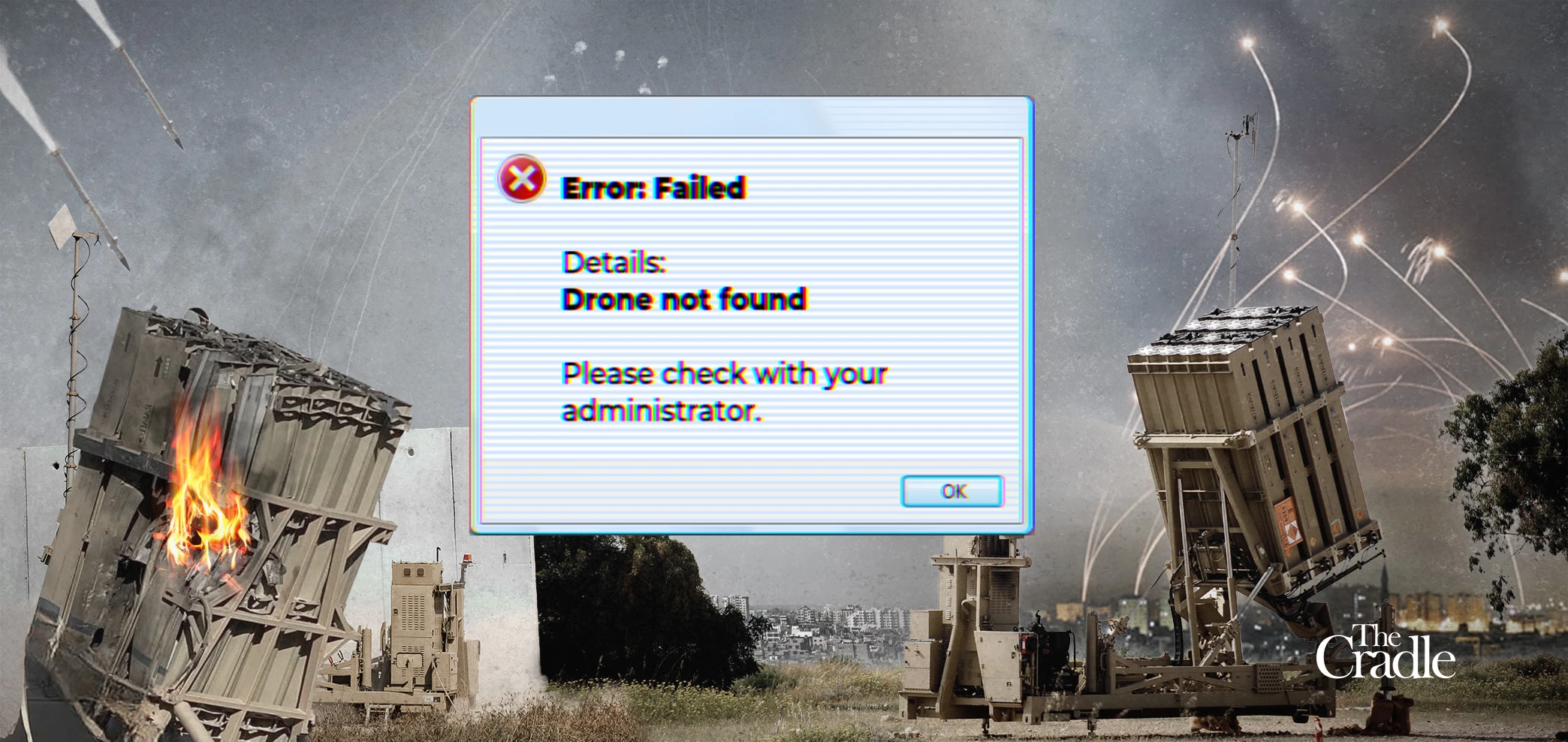The Iron Dome, touted as Israel’s most-effective defense shield, was designed to project an image of security and technological superiority. Promoted as a cutting-edge mobile air defense system, it was intended to symbolize an impenetrable barrier safeguarding the occupation state from external threats.
However, the reality reveals a different picture: much like a child in a knight costume – impressive against plastic swords but utterly defenseless against real weapons – the Iron Dome excels mainly against the relatively crude weapons of the Palestinian resistance in Gaza.
Despite its reputation, the Iron Dome’s performance has often fallen short. Numerous videos have surfaced showing malfunctions – the Tamir missiles performing erratic maneuvers, exploding near civilian areas, or being triggered by false alarms and causing damage to infrastructure.
These failures contrast starkly with Israel’s claims of a 90–99 percent interception rate. Professor Emeritus Theodore Postal of the Massachusetts Institute of Technology (MIT) offers a vastly different assessment. “I would say that the intercept rate is at best 4 or 5 percent,” Postal said in an interview with the Boston Globe last October.
It also gives you cancer lol
Beneath the surface of Israel’s Iron Dome lies a darker, more ominous reality – one that threatens not just the myth of invincibility but the lives of those operating this shield. A 2021 investigation by Yediot Ahronoth revealed serious allegations about the health risks faced by occupation soldiers stationed near the Iron Dome’s powerful radar systems.
These radar systems, nicknamed “the chipper” and “the toaster” by those who work near them, emit intense heat, turning their surroundings into an invisible crucible. Several soldiers have come forward with harrowing testimonies of life-threatening illnesses they believe are linked to their service.
Ran Mazur, who was diagnosed with bone cancer a year after his discharge, described the excruciating pain that gnawed at him during his service, pain that military doctors all too easily dismissed.
Despite these accounts, the Israeli military has steadfastly denied any unusual increase in cancer rates among Iron Dome personnel. They claim that their extensive monitoring and safety protocols have shown no significant difference in morbidity between Iron Dome soldiers and those in other military units.
But the numbers tell a different story: in 2011, out of 240 soldiers who enlisted in three training cycles for the Iron Dome, at least six developed cancer either during or shortly after their service – a statistic that raises questions about the true cost of operating this defense system.


